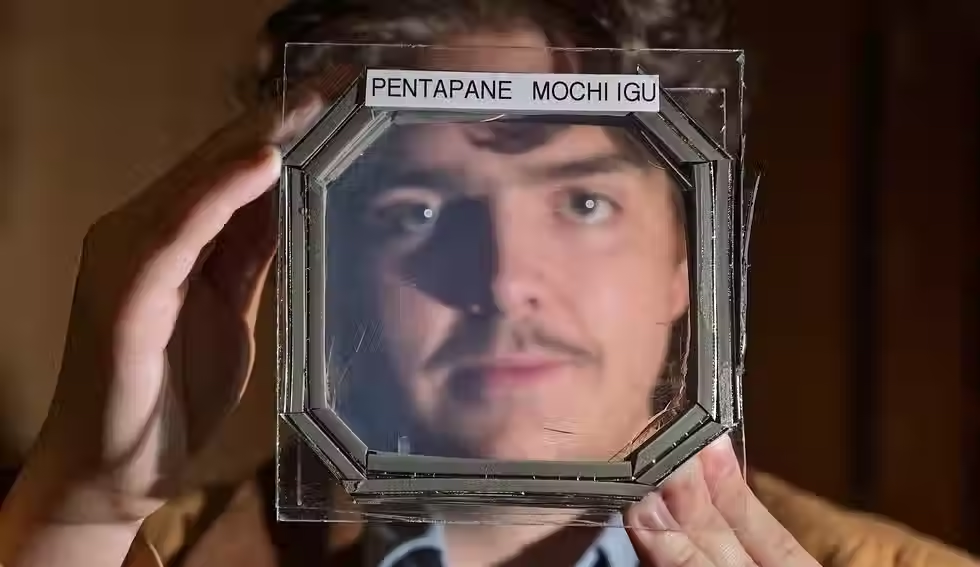Extremely sensitive nano-sensors can detect trace amounts of molecules
- Mateo Cardinal
- Apr 20, 2022
- 2 min read

A new type of nano-sensor: a 3D spherical “supraparticle” of gold nanorods. @ Utrecht University Utrecht researchers have developed a new type of sensor, about 500 times smaller than the width of a human hair, with an unprecedented ability to detect extremely small amounts of molecules. These sensors can be used to detect and identify trace amounts of substances such as chemical pollutants or molecules important in medicine. The sensors make use of Raman scattering, a phenomenon that gives such unique signals for different molecules that it is often referred to as ‘molecular fingerprinting’. In their publication in Advanced Functional Materials, the researchers present the preparation and use of these tiny sensors. Lead researcher Prof. Alfons van Blaaderen explains: “Our design relies on the assembly of gold nanorods, which enhance the Raman scattering of molecules placed close to their tips tens of thousand times, into a larger spherical cluster in which the Raman signals are even further enhanced. A crucial step in the preparation was to first wrap each gold nanorod in its own protective porous coating. By controlling the thickness and porosity of this coating, we were able to control how closely the nanorods could be packed together, and how easy or difficult it is for molecules to enter into the sensor.”
Small water droplets
Bringing the coated rods together in a nano-sensor was a key goal for lead authors Jessi van der Hoeven and Harith Gurunarayanan. Van der Hoeven explains: “We wanted to controllably form a spherical cluster out of these rods, where so-called ‘hot spots’ for the Raman scattering would overlap and enhance the Raman signals even further. To do so, we put the rods in small water droplets. By slowly evaporating the water, the nanorods were forced to pack together into a spherical assembly.”
Using this approach, the researchers were able to prepare a whole range of differently structured nano-sensors. Gurunarayanan adds: “We were excited to see that these nanorod assemblies were not only pretty structures, but also very good at detecting very small quantities of molecules, better than previous assemblies of gold nanorods.”
Because of the finger-printing capabilities of the Raman scattering analysis, these supraparticles –particles built up from nanoparticles – are suitable in many applications, ranging from investigating chemical mechanisms in catalysis, to detecting trace amounts of chemical pollutants and molecules important in biology or medicine. It is important to mention that portable Raman scattering equipment, which is relatively expensive, is already available.
Room for improvements
Although the realised sensing supraparticles outperformed previously reported Raman sensing structures of gold nanorods, it is also exciting that there is still plenty of room for important improvements on this initial design. Many ideas are already being explored to further optimise the sensitivity and functionality of these assemblies. These Raman supraparticle sensors have literally and figuratively a bright future ahead. Reference Silica-Coated Gold Nanorod Supraparticles: A Tunable Platform for Surface Enhanced Raman Spectroscopy
Jessi E.S. van der Hoeven, Harith Gurunarayanan, Maarten Bransen, D.A. Matthijs de Winter, Petra E. de Jongh, Alfons van Blaaderen




























Comments